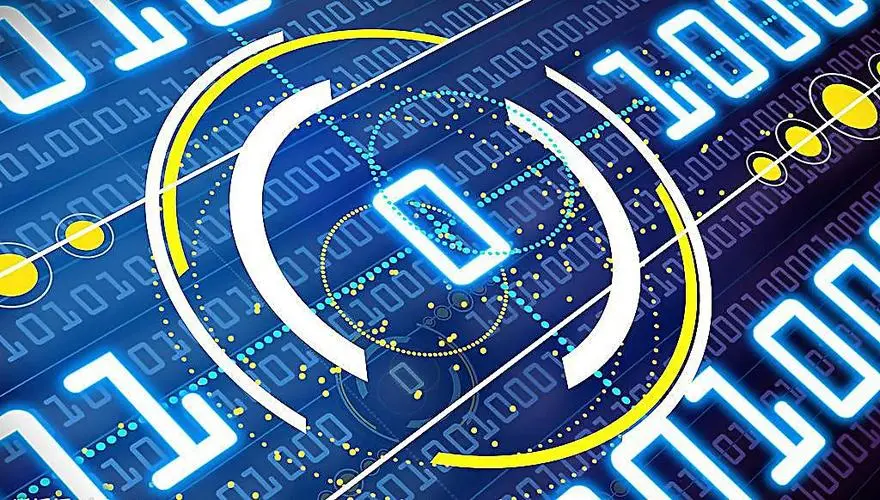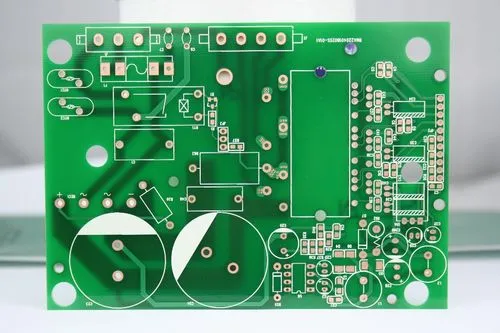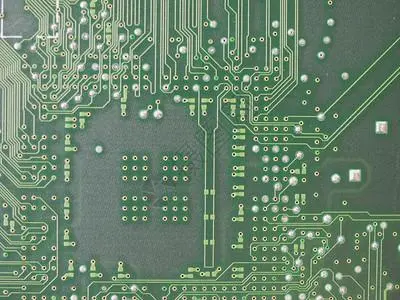
The following is an introduction to the difference between positive and negative PCB:
Negative film of circuit board: generally speaking, the tightening process uses acid etching negative film because after the PCB negative film is made, the desired circuit or copper surface is transparent, while the unwanted part is black. After the exposure of the circuit process, the transparent part is chemically hardened due to the exposure of the dry film inhibitor. The next development process will wash away the dry film without hardening, So in the etching process, only the copper foil (the black part of the negative) with the dry film washed off is bitten, while the line (the transparent part of the negative) with the dry film not washed off belongs to us
Positive film of circuit board: generally speaking, the pattern process uses alkaline etching positive film. If viewed from the negative film, the desired circuit or copper surface is black, while the other part is transparent. Similarly, after exposure in the PCB circuit process, the transparent part is chemically hardened due to the exposure of the dry film inhibitor. The next development process will wash off the dry film without hardening, followed by the lead tin plating process, The tin lead is plated on the copper surface washed off by the dry film in the previous process (development), and then the film is removed (the dry film hardened by light is removed). In the next process of etching, the copper foil without tin lead protection (the transparent part of the negative film) is bitten with alkaline solution, and the rest is the line we want (the black part of the negative film)

Positives and negatives are actually selected according to the process of each PCB company. Positives: PCB process is (double panel) cutting drilling PTH (one electroplating is also called thickened copper) - circuit two copper (graphic electroplating) and then SES line (film stripping etching tin stripping) Negative: process is (double panel) cutting drilling PTH (one electroplating is also called thickened copper) - circuit (not through two copper graphic electroplating) and then DES line (etching film stripping)
① Distinguish the master film, working film, positive and negative film and film surface of film (negative film): film can be divided into master film and working film (sub film), black film and yellow film, positive film and negative film; ② Generally speaking, the master film is black film, also known as silver salt film, which is mainly used to copy the working film (yellow film is also known as diazo film). However, the working film may not only be yellow film, but also has black film as the working film, which is mainly used to make high-precision HDI boards or to save costs in the production of one-time small batches of printed circuit boards. The yellow film is used for manufacturing ordinary PCB boards and printed ordinary PCB boards. ③ When the film surface is distinguished, the smooth surface of the black film is the film, while the yellow film is the opposite. Generally, you can see that the film surface is the film surface by scraping on the film with a pencil or blade. (Parent tablet: positive face, sub tablet: positive face) ④ When using yellow tablets, pay attention to: there are two kinds of glossy and dumb faces, and the second one is prone to oil surface indentation. ⑤ The light transmitting negative film on the film line (with copper), and the light opaque positive film; The positive is used for pattern electroplating. The developed part is the circuit, and the left part is the anti-corrosion electroplating, mainly coated with lead and tin. The negative is used for direct etching, and the corrosion resistance left after development is the line, which is directly etched with acid etching solution.







